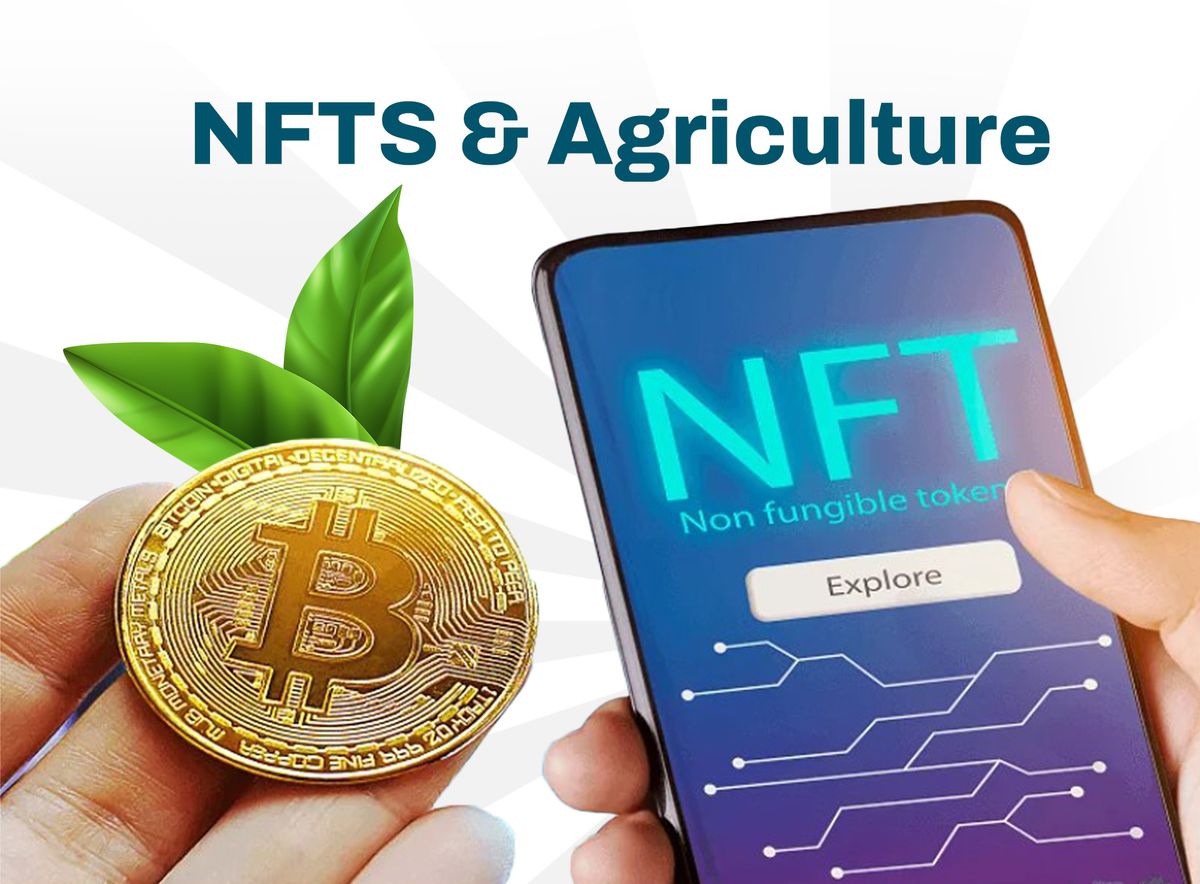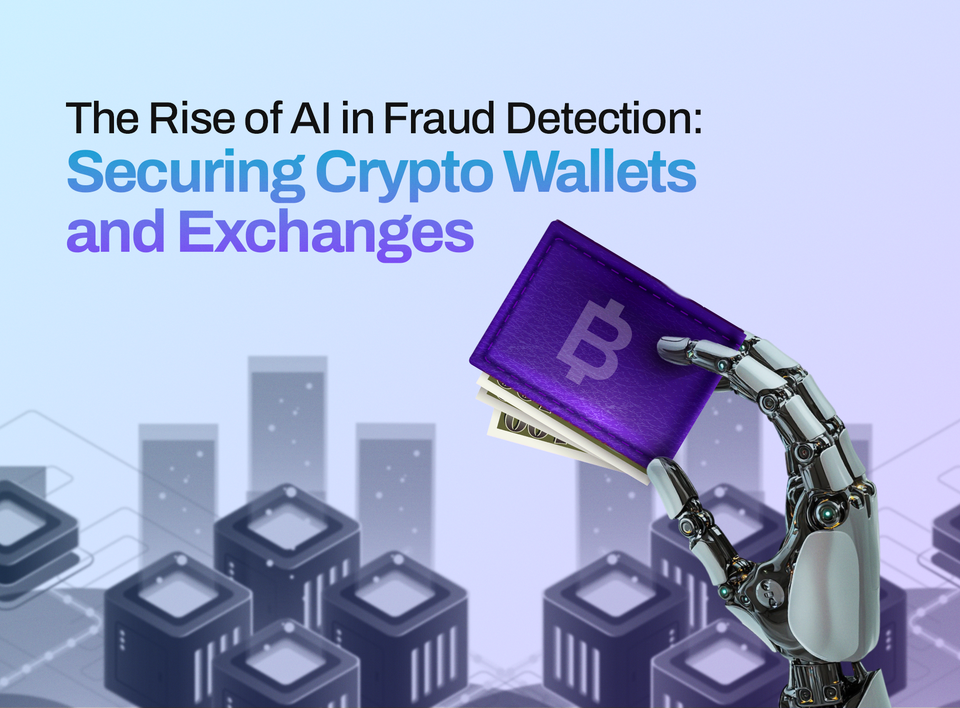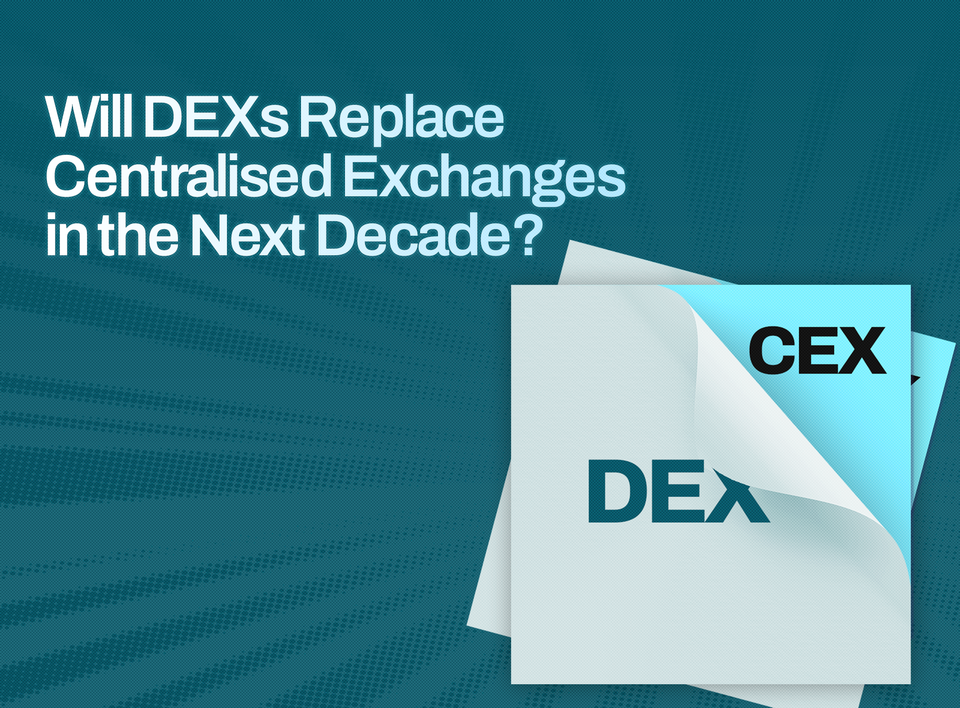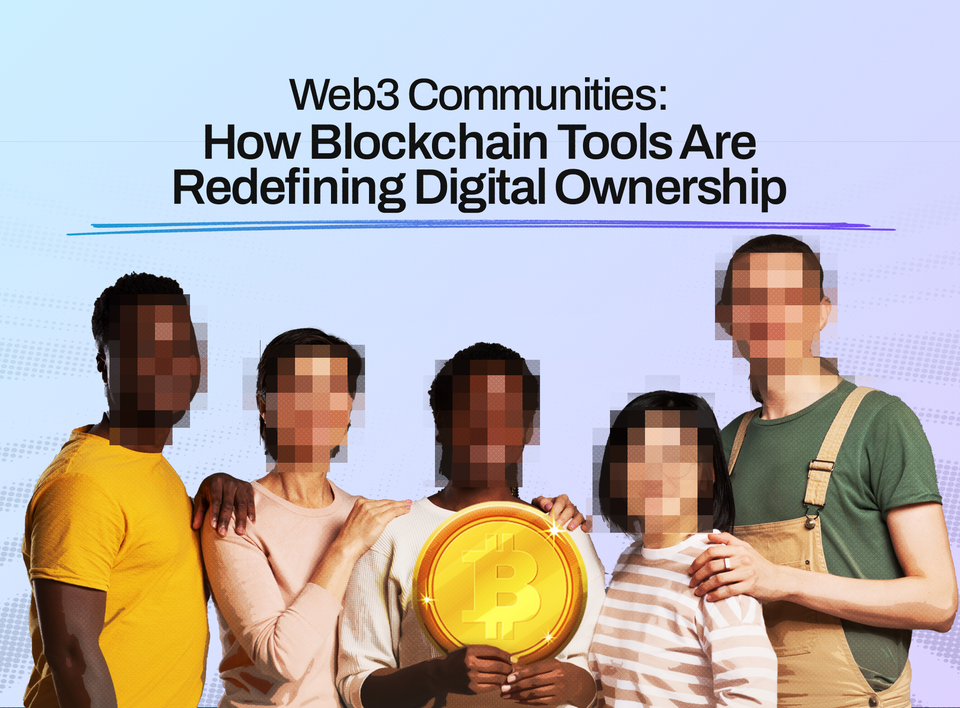NFTs & Agriculture: Modernizing Ownership
Discover how NFTs are transforming agriculture by enabling digital land ownership, transparent supply chains, and new investment opportunities in farming.

Table of Contents
- Understanding Tokenized Ownership with NFTs
- Harnessing the Sustainable Power of NFTs: A Path to a Greener Future
- Advantages of Tokenized Ownership for Agriculture
- How Can Tokenize Ownership Benefit Farmers and Consumers in the Agricultural Sector?
- Examples of NFT Farming Platforms
- Case Studies: NFT Integration in Agriculture 2024
- The Future of Tokenized Ownership in Agriculture
Agriculture is an essential sector that is crucial in feeding the world’s growing population. As technology continues to advance, new opportunities emerge for the agricultural industry.
One such opportunity is the application of tokenized ownership using Non-Fungible Tokens (NFTs) in farming.
In this article, we will explore innovative systems, implications for agricultural financing, and the prospects of business development in this field. We will also delve into using NFTs in agricultural-themed games and other applications.
Understanding Tokenized Ownership with NFTs
Non-fungible tokens (NFTs), unique digital assets on a blockchain that can represent ownership of digital or physical items, are potentially ground-breaking in their capacity to transform the sustainability of supply chains.
In agriculture, NFTs can represent shares or ownership stakes in farmland or agricultural projects.
By tokenizing ownership, individuals can invest in agricultural ventures and enjoy the benefits of asset appreciation and revenue sharing. Tokenized ownership allows fractional ownership, meaning that a single agricultural asset can be divided into multiple tokens.
For example, farmland can be divided into 100 tokens, allowing 100 different investors to own a fraction of the land. These tokens are recorded on a blockchain, ensuring transparency, immutability, and secure ownership records.
The emergence of Non-Fungible Tokens (NFTs) has disrupted the digital world, offering unique digital assets that can represent almost anything, from virtual real estate to artwork.
However, NFTs also have the potential to transform the commodities industry by representing physical assets, such as metals, minerals, and agricultural products.
Harnessing the Sustainable Power of NFTs: A Path to a Greener Future
NFTs have the potential to revolutionize the agricultural industry with their environmental impact. Here are some ways in which NFTs contribute to a greener future:
1. Digital Art Preservation: NFTs allow artists to create and sell digital art, eliminating the need for physical materials and reducing waste. Digital art can be stored and displayed in a digital format, reducing the need for physical galleries and storage spaces. This saves resources and eliminates the risk of physical art deteriorating over time.
2. Reducing Transportation and Logistics: With NFTs, farming products can be bought, sold, and displayed digitally, eliminating the need for transportation and logistics associated with physical artwork. This reduces carbon emissions from shipping, packaging, and art fair participation, making the art market more environmentally friendly.
3. Energy-Efficient Blockchain Technology: This means that the energy consumption of NFT transactions will decrease significantly over time. Ethereum 2.0, for example, plans to switch from the energy-intensive proof-of-work algorithm to the more sustainable proof-of-stake algorithm.
4. Carbon Offset Initiatives: Some NFT platforms and artists are taking proactive measures to offset their carbon footprint. They invest in carbon offset projects, such as reforestation or renewable energy initiatives, to neutralize the environmental impact of their blockchain operations. This ensures that NFTs can be created and traded with minimal ecological consequences.
Advantages of Tokenized Ownership for Agriculture
NFTs can revolutionize the agricultural industry by providing a more transparent, efficient, and secure way to manage the supply chain.
Like digital crop certificates, they can track ownership and authenticity throughout the supply chain, from farm to consumer, and can be used to digitize and manage physical assets relating to crops, livestock, and land. This can enhance transparency, improve efficiency, and unlock new possibilities for financing, trading, and insurance in the agricultural sector.
One area where NFTs can have a huge impact is supply-chain management. NFTs and their underlying blockchain technology can certify the ownership and authenticity of assets, making these tokens suitable for tracking agricultural products.
NFTs can be traced back to the individual farm or crop where the product came from. As the NFT moves along the supply chain, all the important information about the product is always available and can be checked, making sure that the product meets all the standards from the farm to the store.
How Can Tokenize Ownership Benefit Farmers and Consumers in the Agricultural Sector?
The integration of tokenized ownership can be a win-win for both farmers and consumers in the following ways:
1. Enhanced Accessibility: Tokenized ownership lowers the barrier to entry for investing in agriculture. Previously, agricultural investments were typically limited to large-scale investors or corporations.
With NFTs, anyone with internet access can participate and invest in agricultural projects, democratizing investment opportunities. The use of NFTs can also enable real-time tracking of commodities throughout the supply chain.
This can help to reduce delays and disruptions, enabling stakeholders to respond quickly to changes in demand or supply. This can also be particularly beneficial in the case of perishable agricultural products, where timely delivery is critical to maintain the quality and value of the product.
By improving efficiency, NFTs can create a more competitive and profitable commodities industry for all stakeholders involved.
2. Improved Financing Options: Tokenized ownership has the potential to revolutionize agricultural financing by providing alternative methods for raising capital. Instead of relying solely on traditional loans or grants, farmers and agricultural entrepreneurs can tokenize their assets and sell shares to investors.
This system diversifies funding sources and reduces the financial burden on individual farmers, fostering innovation and growth in the sector. Tokenized ownership also enables peer-to-peer lending and crowdfunding platforms specific to agriculture.
Farmers can present their agricultural projects to potential investors and receive funding directly through NFT sales. This creates a direct connection between farmers and investors, promoting transparency and fostering trust.
Fractional ownership of commodities can also provide greater liquidity for investors by enabling them to buy and sell their shares in the asset more easily, further increasing access to capital for all stakeholders involved in the commodities industry.
3. Enhanced Market Access: Tokenized ownership can facilitate cross-border investments and partnerships in agriculture.
Investors from around the world can participate in agricultural projects in different countries, fostering international collaboration and knowledge sharing. This can lead to the transfer of agricultural technologies and best practices, benefiting farmers globally.
NFTs can also help to mitigate the risk of counterfeit commodities by providing a unique and verifiable digital representation of the physical asset. This can increase trust in the market and create a more secure trading environment for all stakeholders involved.
4. NFTs in Agricultural-Themed Games and Beyond: In addition to their role in agricultural financing, NFTs have gained popularity in the gaming industry, including agricultural-themed games.
These games utilize NFTs to represent unique and tradable in-game assets, such as virtual crops, livestock, and equipment. Players can acquire, trade, and even monetize these digital assets, creating a new dimension of ownership and value within the gaming ecosystem.
Moreover, NFTs can extend beyond agricultural-themed games and find applications in various agriculture-related industries. For example, NFTs can be used in educational platforms to represent digital certificates or badges for completing agricultural courses or workshops. They can also be employed in virtual reality (VR) simulations to create immersive and educational experiences for aspiring farmers and agricultural enthusiasts.
5. Improved Supply Chain Transparency: NFTs can help to reduce the environmental impact of the commodities industry by providing greater transparency in the supply chain. To ensure transparency in the commodities industry, traceability is key. NFTs can serve as a representation of the asset, while traceability provides greater visibility into the supply chain and helps to reduce environmental impact.
It’s important to note that both traceability and NFTs work together to ensure greater transparency in the commodities industry and reduce environmental impact.
By tracking a commodity's journey from its point of origin to its point of consumption, NFTs can enable stakeholders to identify areas where sustainability can be improved, such as reducing carbon emissions, minimizing waste, and promoting ethical labour practices. This can help create a more sustainable and socially responsible commodities industry.
Examples of NFT Farming Platforms
Let’s take a look at examples of NFT farming platforms:
1. Aavegotchi: Aavegotchi is an Ethereum-based crypto collectible game where gamers can purchase and grow their own Aavegotchis, which are NFT avatars used to explore the Aavegotchi ecosystem. Aavegotchi has a Rarity Farming feature, which allows gamers to earn GHST tokens—the primary utility token in the Aavegotchi ecosystem—by staking their Aavegotchi ghosts NFTs.
2. Mobox: Mobox is an NFT-driven gaming platform combining yield and NFT farming. In the game, users can stake MOBOX (MBOX) tokens to unlock NFTs called MOMOs. MOMO NFTs have different rarity levels and can be used as in-game characters. Staking MBOX tokens also enables holders to earn the governance token veMBOX, which can be used to participate in the protocol’s governance decisions.
3. Pickle Finance: Pickle Finance is a yield aggregator for farmers seeking maximum profits by leveraging different Defi protocols and strategies for elevated returns. Pickle makes it easy for users to earn compounding yields on deposits, saving them time and gas fees that would be required otherwise for frequent compounding.
4. TokensFarm: TokensFarm offers projects the possibility to quickly launch staking and LP farms, which will help them strengthen the token performance and raise liquidity. They also offer vesting contracts to allow transparency in the release of tokens. For users, they offer a one-stop shop for yield farming opportunities.
Case Studies: NFT Integration in Agriculture 2024
Solana-Based Marketplace AgriDex Raises $5M to Tokenize Agricultural Industry: AgriDex brings agricultural commodities onto the blockchain by allowing crops to be bought on its marketplace with finalized deals backed by non-fungible tokens (NFTs). AgriDex, a Solana-based tokenization platform, said it raised $5 million to bring agricultural commodities on-chain.
Dimitra is Revolutionizing Farming with Utility NFTs, Starting with Avocados: The company has recently launched an NFT series in collaboration with One Million Avocados, a Kenya-based startup. These NFTs enable individuals to sponsor avocado trees for $50, providing farmers with essential resources like seedlings and fertilizers as well as digital platform access and sensors.
Dimitra is also developing a Crop Certificate program where, through a Web3 interface, investors provide a loan through a regulated crowdfunding process and get premiums repaid from the proceeds of the crop harvest.
The Future of Tokenized Ownership in Agriculture
The potential for tokenized ownership in agriculture is vast, with numerous opportunities for business development.
As the technology matures and regulatory frameworks evolve, we can expect to see increased adoption and integration of NFTs in the agricultural industry. This innovative financing model has the potential to reshape the way agricultural projects are funded, increasing investments, fostering sustainability, and driving economic growth in rural communities.
Tokenized ownership with NFTs presents exciting prospects for the agricultural industry.
By leveraging blockchain technology, this innovative financing model offers enhanced accessibility, liquidity, and transparency. The potential business development opportunities include increased agricultural productivity, the rise of Agri-Tech startups, the promotion of sustainability and traceability, and global market access.
Conclusion
NFTs can help create a more sustainable and socially responsible commodities industry by tracking a commodity's journey from its point of origin to its point of consumption, reducing carbon emissions, minimizing waste, and promoting ethical labour practices.
With continued innovation and adoption, tokenized ownership with NFTs can create a transformative impact on the agricultural sector, enabling a more inclusive, efficient, and sustainable future for agriculture worldwide.
NFTs have the potential to be more environmentally friendly than traditional art, but they are not completely carbon-neutral. Although blockchain technology's energy consumption is decreasing, it still contributes to carbon emissions. However, efforts are being made to offset this impact through carbon offset initiatives.
Disclaimer: This article was written to provide guidance and understanding. It is not an exhaustive article and should not be taken as financial advice. Obiex will not be held liable for your investment decisions.



